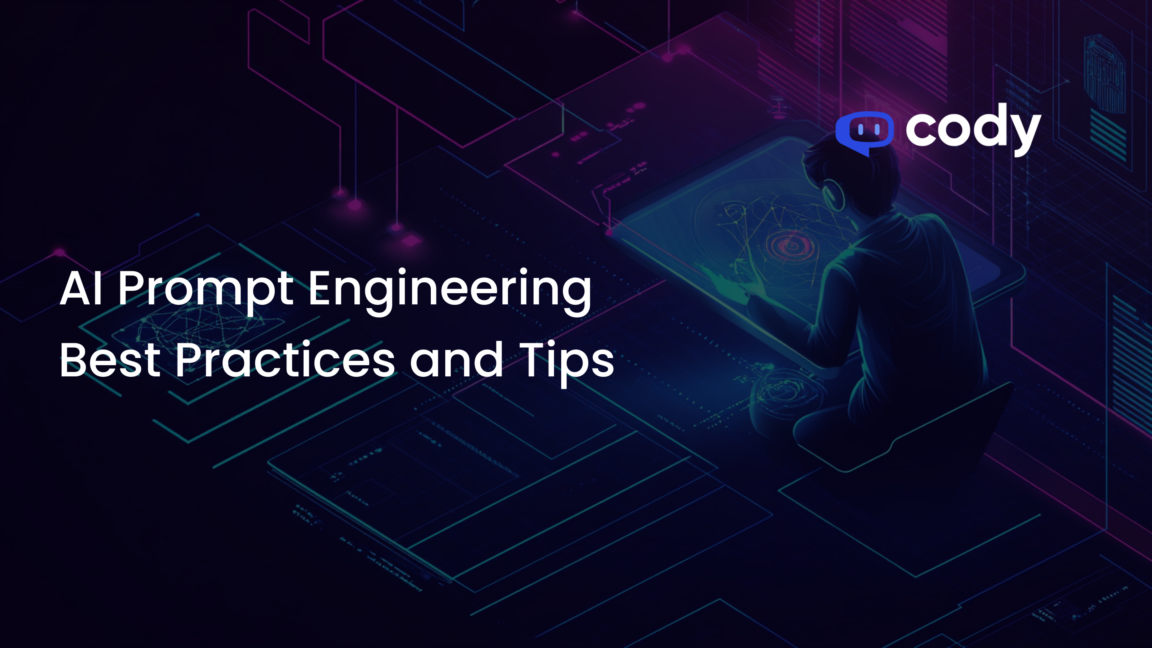
Become an AI Prompt Master: 5 Tips to Enhance Your Prompts
Prompt engineering is the art and science of crafting effective instructions to maximize the performance of AI models, particularly large language models (LLMs) like GPT-4 and ChatGPT. This process is crucial for enhancing the utility and reliability of AI applications, making them more responsive and accurate. By providing well-structured and clear prompts, users can guide AI systems to generate more precise and contextually appropriate outputs, thereby improving their performance and usefulness in a variety of tasks, from generating creative content to extracting information from complex documents.
Tip 1: Provide Clear and Specific Instructions
The clarity and specificity of your prompts are paramount when working with AI models. Clear instructions help guide the AI to produce accurate and relevant responses. For instance, a vague prompt like “Tell me about physics” may yield broad and less useful information. In contrast, a specific prompt such as “Explain Albert Einstein’s theory of relativity and its impact on modern physics” directs the AI towards a more precise and informative output. By providing detailed and explicit instructions, you enhance the AI’s ability to understand and fulfill your requirements effectively.
Tip 2: Use Few-Shot Examples
Few-shot prompting involves providing a few examples within the prompt to guide the AI in generating the desired output. For instance, instead of simply asking, “Summarize this article,” a few-shot prompt would include several summarized examples of other articles, such as, “Here are summaries of similar articles: ‘This article covers the impact of AI on healthcare.’ ‘This piece delves into climate change mitigation techniques.’ Now, summarize this article.”
Using few-shot examples offers several benefits. It gives the AI context to better interpret the task, leading to more accurate and relevant responses. These examples act as a reference, helping the AI model understand the desired format and style of the output.
Tip 3: Break Down Complex Tasks
One essential technique in prompt engineering is breaking down complex tasks into smaller, manageable steps. This approach helps AI models to better comprehend and execute the task, leading to more accurate and relevant outputs. For instance, instead of asking the AI to “analyze this novel,” you could start with “summarize the first chapter,” followed by “identify the main themes in the summary.” By doing so, the AI can focus on specific aspects of the task sequentially, enhancing both its understanding and the quality of its responses.
Tip 4: Experiment with Different Prompts
Experimenting with different prompts is crucial for optimizing AI performance. By testing varied instructions, you can identify which prompts yield the best results for specific tasks. Start by drafting multiple versions of a prompt, each with slight variations in wording, structure, or context. Then, observe the responses generated by the AI and refine your prompts based on these outcomes. This iterative process helps pinpoint the most effective prompts, enhancing the AI’s accuracy and relevance. Consistently experimenting and refining prompts is key to mastering prompt engineering and maximizing AI capabilities.
Tip 5: Use Delimiters for Clarity
Using delimiters like triple quotes or dashes can significantly enhance the clarity and organization of your prompts. These characters act as separators, clearly defining different sections or instructions within a prompt, making it easier for the AI to interpret and process specific tasks. For instance, incorporating triple quotes to demarcate a distinct section of context or an example helps the AI focus on that segment precisely, thereby reducing ambiguity and improving overall output quality. This practice of using delimiters ensures that the AI’s responses align closely with the user’s expectations, leading to more accurate and relevant results.
Continuous Learning with Prompts
Effective prompt engineering revolves around crafting clear, specific, and organized instructions to maximize the performance of AI models. Key strategies include using delimiters for clarity, providing few-shot examples, breaking down complex tasks, and experimenting with various prompts. These techniques ensure that AI outputs align more closely with user expectations and needs. Continuous learning and iterative improvement are critical in this evolving field. By keeping up with advancements and refining prompts based on feedback, users can fully unlock the potential of AI technology.



